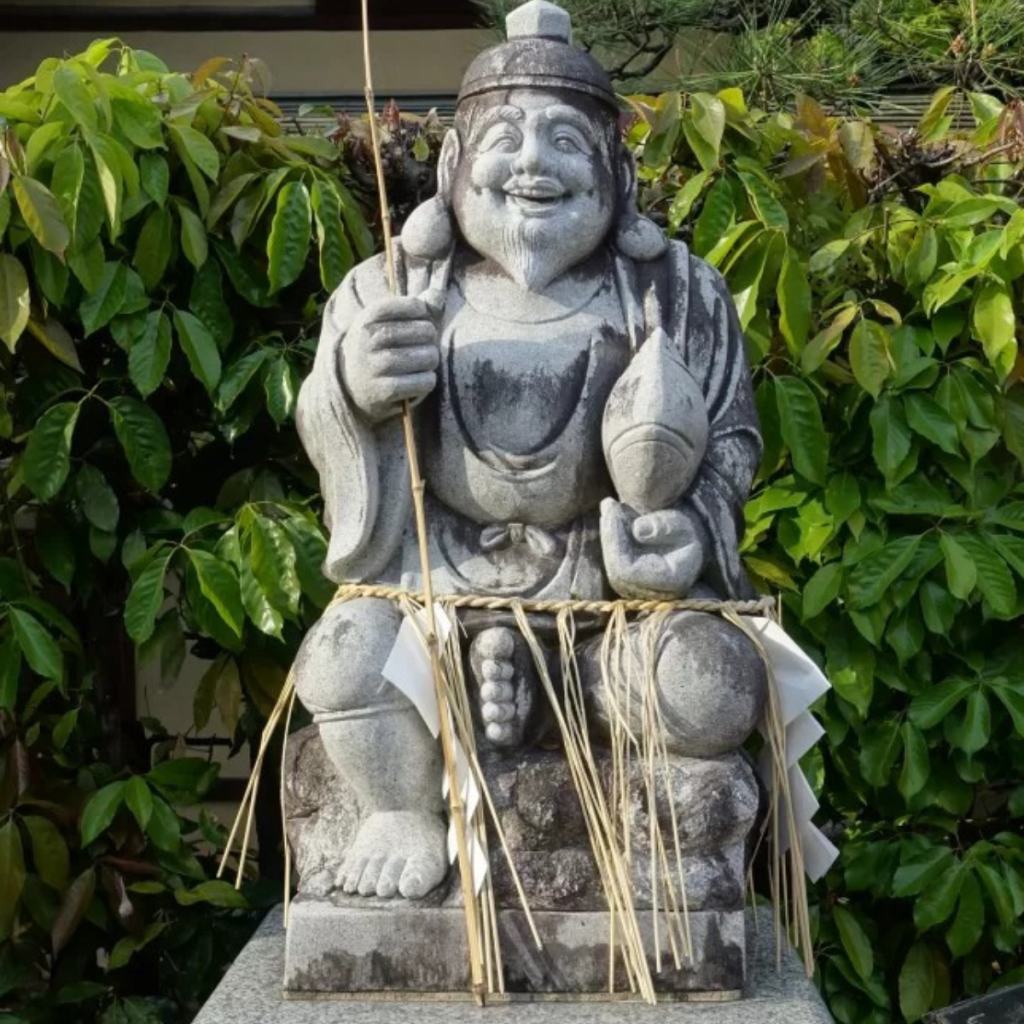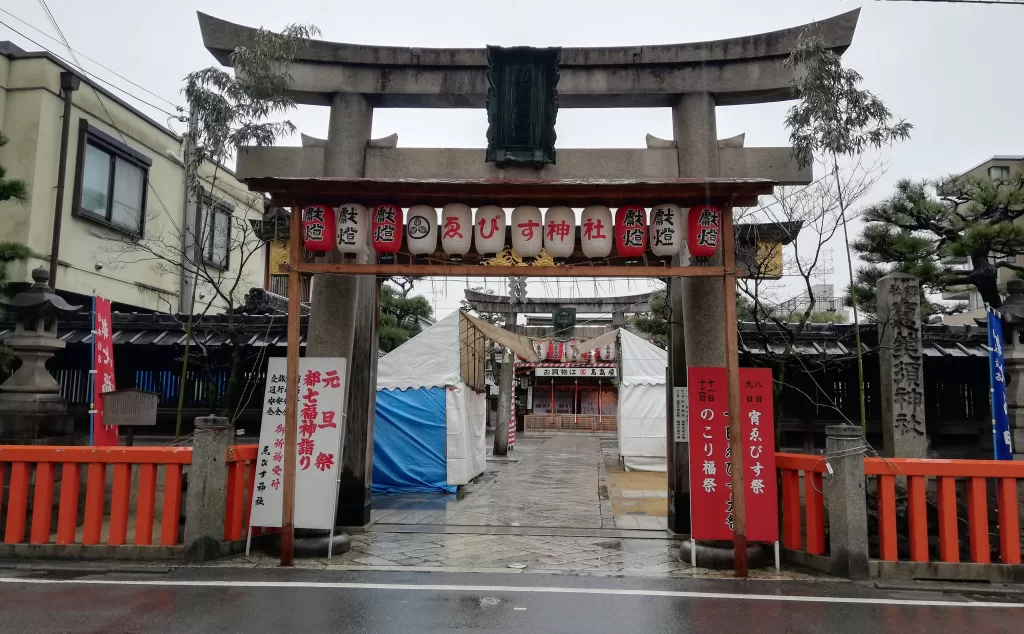Kyoto’s Vibrant Toka Ebisu Festival Celebrates Prosperity

A celebration of Ebisu, the Japanese God of prosperity
Every year, the popular five-day festival is organised to celebrate Ebisu-san, one of the seven lucky Gods of Japanese mythology who is particularly renowned for bestowing prosperity. The revered deity is celebrated amidst energetic chants and rituals—ensuring the festival remains high-spirited throughout.
People in large numbers partake in numerous festive activities hoping for an increase in their fortune for the upcoming year. With plenty of charms and lucky bamboo grass available for purchase, the crowd excitement is tangible as they immerse in activities to improve their luck. It’s one of the most awaited Kyoto events in January.
Attendees Encouraged Customary Call for Deity’s Attention
The festival stands out due to its raucous nature and intriguing customs. As per legend, Ebisu-san himself is a little hard of hearing. This mythological tale gives rise to an interesting ritual where attendees knock on wooden boards loudly before prayers are recited, trying to get the deity’s attention.
In addition, visitors buy bamboo branches adorned with various lucky charms like oval gold coins and straw rice bags. The green bamboo grass signifies a symbol of life force and denotes prosperous business when brought to the shrine.

Exciting Schedule at Kyoto Ebisu Jinja
The celebration kicks off each day at varying times, with a full-night of fun on January 9th. Night-time observances uphold a special charm common to most Japanese festivals; nonetheless, captivating traditional performances including Kagura dance—which purifies and blesses the lucky bamboo grass—and Geisha handing out lucky rice cakes fill the daylight hours too.
The festival occurs at Kyoto’s Ebisu Jinja—a 30-minute walk or a 10-minute bus ride from Kyoto Station—between January 8th and January 12th. It reaches its pinnacle on January 10th when visitors witness movie actresses from Toei Kyoto Studio Park offering respects at the shrine, while traditional music breathes life into this ceremony.
Moreover, from mounted hoe-kago baskets colored red and white and adorned with pine, bamboo, and plum—the auspicious trio—the actresses distribute branches of ‘kitcho-zasa’ bamboo to stores, shops, banks along their route as part of New Year celebrations in Kyoto.
Vast Variety of Food Stalls and Entertainment Recreates Traditional Ambience
Festival attendees not only witness rituals but also savour a plethora of food options from various stalls spread across Kyoto Ebisu Shrine premises. It boasts attractive street vendors selling traditional delights like Japanese pickles, octopus dumplings alongside sweets and games further enhancing the festive spirit.
Live entertainment involving geiko and maiko–traditional entertainers in Kyoto–can be seen visiting the shrine adding a valuable sightseeing opportunity for visitors outside praying and shopping for good luck charms.
Knocking Ritual: An Interesting Feature
An unusual local custom has taken root within this festivity wherein people make prayers followed by rapping their knuckles against a wooden panel at the backside of main altar building. This derives from belief that deity Ebisu often dozes off or faces hearing difficulties due to his old age; knocking ensures your wish has reached him.
In all, Toka Ebisu Festival imbues attendees with wishes for successful business prospects as they begin New Year amid vibrant traditional customs & delicious food offerings.
If you’re in Kyoto during the first week of January, you should check out the Kemari Hajime event at Shimogamo Shrine. Experience the joy and tradition of this ancient ball game known as Kemari.